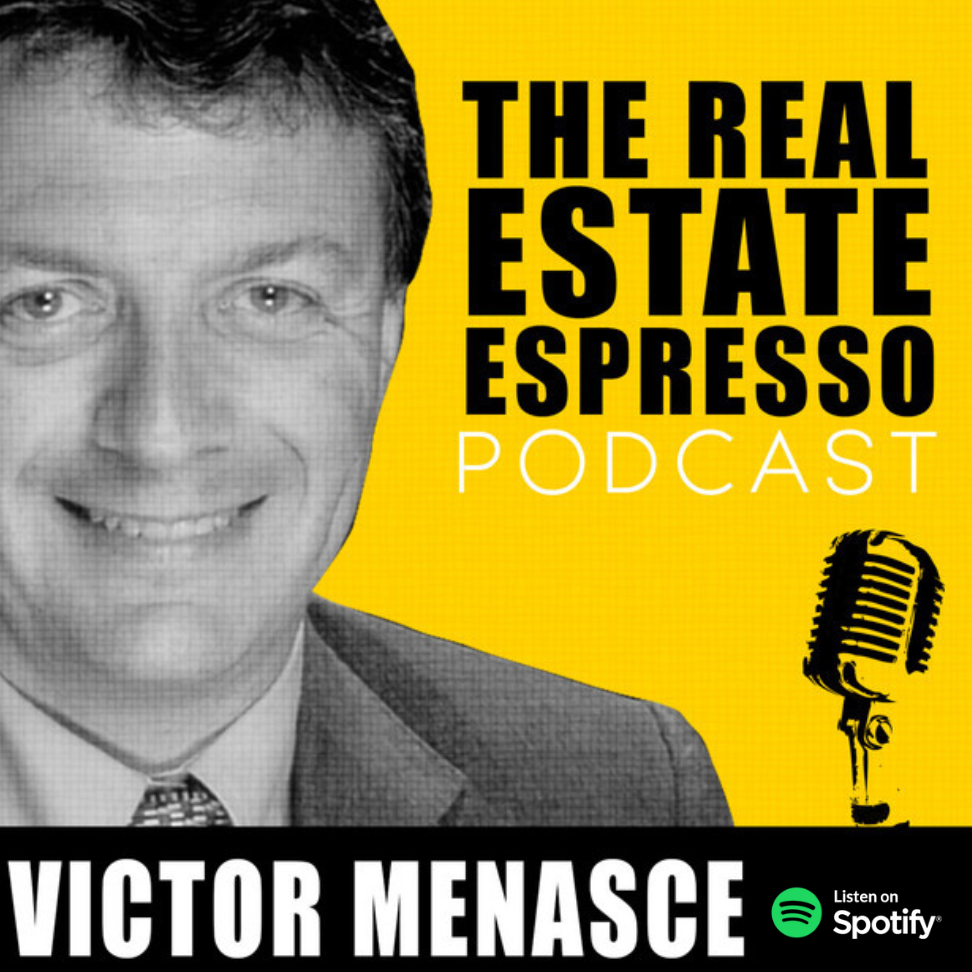AMA – Anu from San Diego asks:
In the current SF real estate boom (last 6 months), the most growth has happened in the luxury end of the market. A new report from Redfin confirms this trend over the past year.
Two questions:
1. I would like to know your opinion on why this has happened.
2. Do you think this is a temporary phenomenon or is it here to stay?
Anu this is a great question.
The pandemic has hurt the economy in numerous ways. But the pain has not been uniform. Those who have been most impacted by the business shutdowns have been those hourly paid workers.
Those at the top of the economic ladder have continued to do well in 2020, even if some of the gains might be argued to be an illusion. The fall in the stock market it Q2 was overtaken by a run up in the market in Q3 and Q4. That has given people more confidence. Some recognized that the profits could evaporate and chose to redeploy the cash into property
The low interest rate environment, combined with the forward interest rate guidance for the next three years has created incentive for homeowners to borrow even more money than ever before. It’s clear that the Fed intends to keep interest rates low for at least the next few years.
But remember, when we’re talking about the luxury segment of the market, we’re talking about the top 5% of the properties in a market by price.
The analysis that Redfin performed in the article you referenced broke down their analysis into 5 segments.. There are three equal-sized tiers based on Redfin Estimates of the market values as of Dec. 15, 2020, as well as tiers for the bottom 5% and top 5% of the market. The top 5% of the market by price is considered “luxury” for the purposes of this report, while the bottom 5% is titled “most affordable.
These luxury properties still make up a small percentage of the market, and they’re still taking longer to sell than properties in the middle and lower end of the market. When people make a decision to purchase their homestead property, they’re looking with a longer time horizon. They’re looking past the pandemic. It might have been a purchase that was planned in the future, but merely accelerated.
The increase in land costs and the increase in construction cost has caused some builders to focus on the upper end of the market. Those builders found a combination of robust market demand drive by low interest rates, and better profit margins. You see builders make most of their profit on upgrades and custom finishes. These buyers are willing to spend more.
Some buyers took the opportunity that the pandemic afforded to invest in personal projects. The lockdown in the spring created extra time while the world figured out how to work from home. Some people took on home renovation projects, perhaps a backyard space like a deck or a pool. Others chose to design a new house. We’re seeing that reflected in the numbers.
It’s tempting to look at short term trends in the market and extrapolate those trends into the future. In a stable boring market where nothing changes from one month to the next, you might be able to project into the future a little bit.
It’s a little like trying to make sense out of the spike in toilet paper sales in Q2 of 2020. Store shelves were emptied of toilet paper. Did the population start using the bathroom at an accelerated rate? Did the population grow all of a sudden therefore driving demand for more toilet paper? Of course the answer is no. Over the long term, toilet paper consumption will revert to the average consumption, despite short term decisions to buy sooner than needed.
I expect the same will be true in the luxury property segment. It appears like a large increase, but in reality, the numbers are small and it doesn’t take a large shift in absolute numbers to materially affect the percentages.


